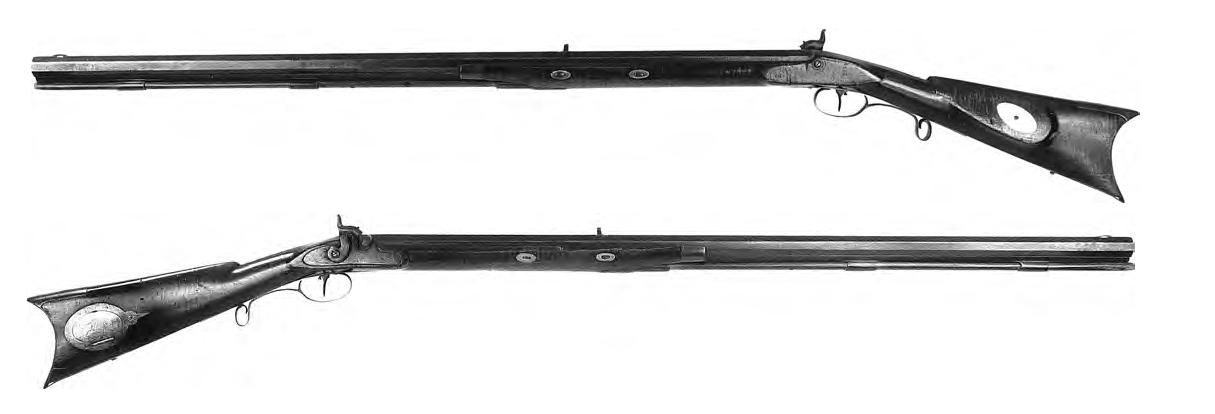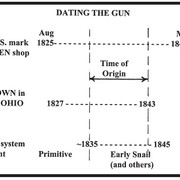- Joined
- Feb 9, 2015
- Messages
- 3,065
- Reaction score
- 1,039
I understand that from what I’ve researched the J&S Hawken rifle’s pretty much all were made with a straight breech face and tang face. Were at a 90 degree angle from the barrel laying in the barrel channel of the stock. Later from around 1849 after Jacob’s death, it seemed that the breech and tang faces were remodeled to a slanted breech and tang face.
I guess my question would be is why such a change in the design of how the breech marries to the tang? Did it have to do with economics, production turn out to meet demand, or just maybe a better design overall?
I thought I’d ask you all who build these Plains type rifle’s with the hooked breech. Your opinion of what design is better and why? Straight Breech vs Slanted Breech??
Look forward to your insight.
Respectfully, Cowboy
I guess my question would be is why such a change in the design of how the breech marries to the tang? Did it have to do with economics, production turn out to meet demand, or just maybe a better design overall?
I thought I’d ask you all who build these Plains type rifle’s with the hooked breech. Your opinion of what design is better and why? Straight Breech vs Slanted Breech??
Look forward to your insight.
Respectfully, Cowboy







